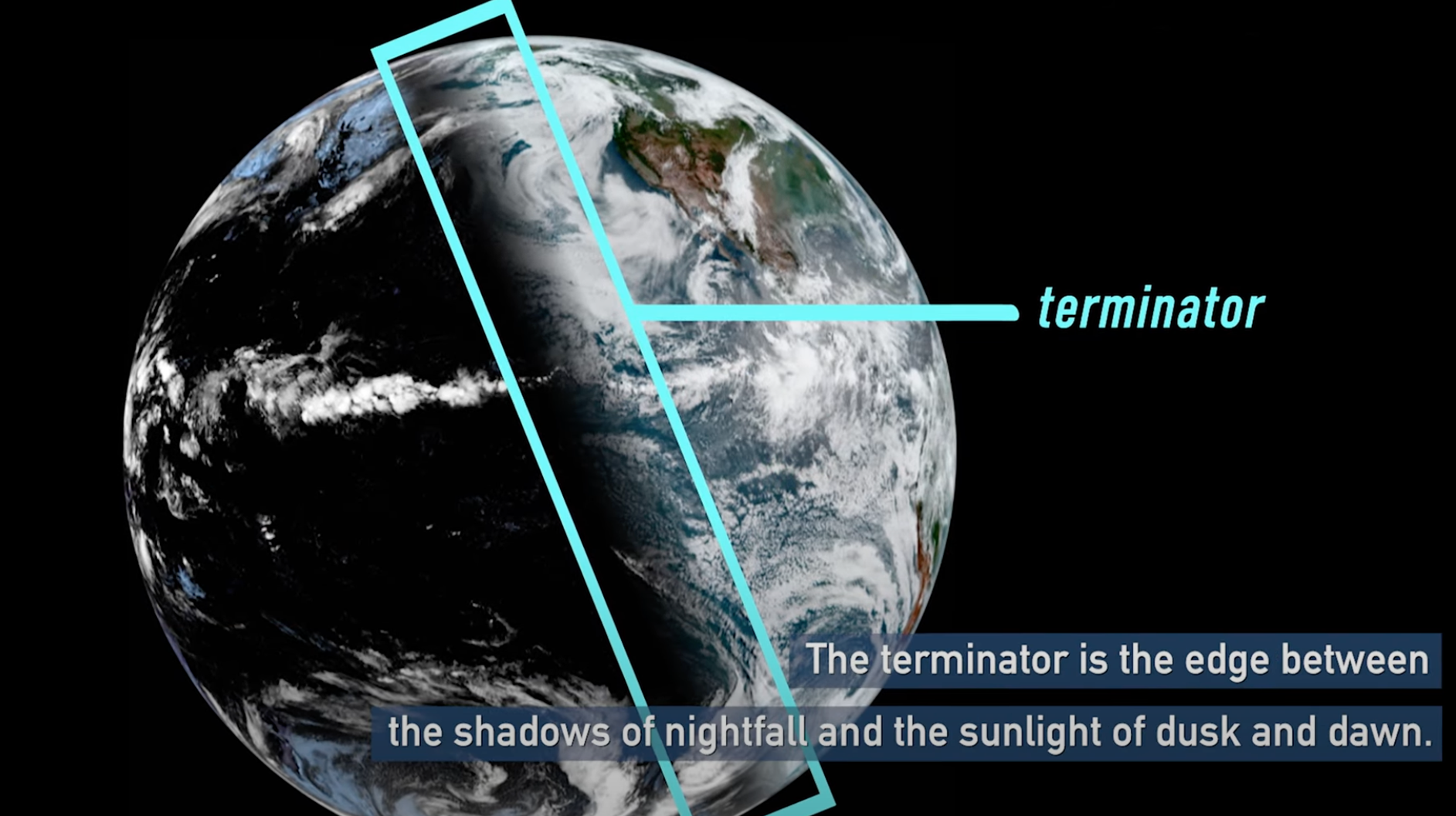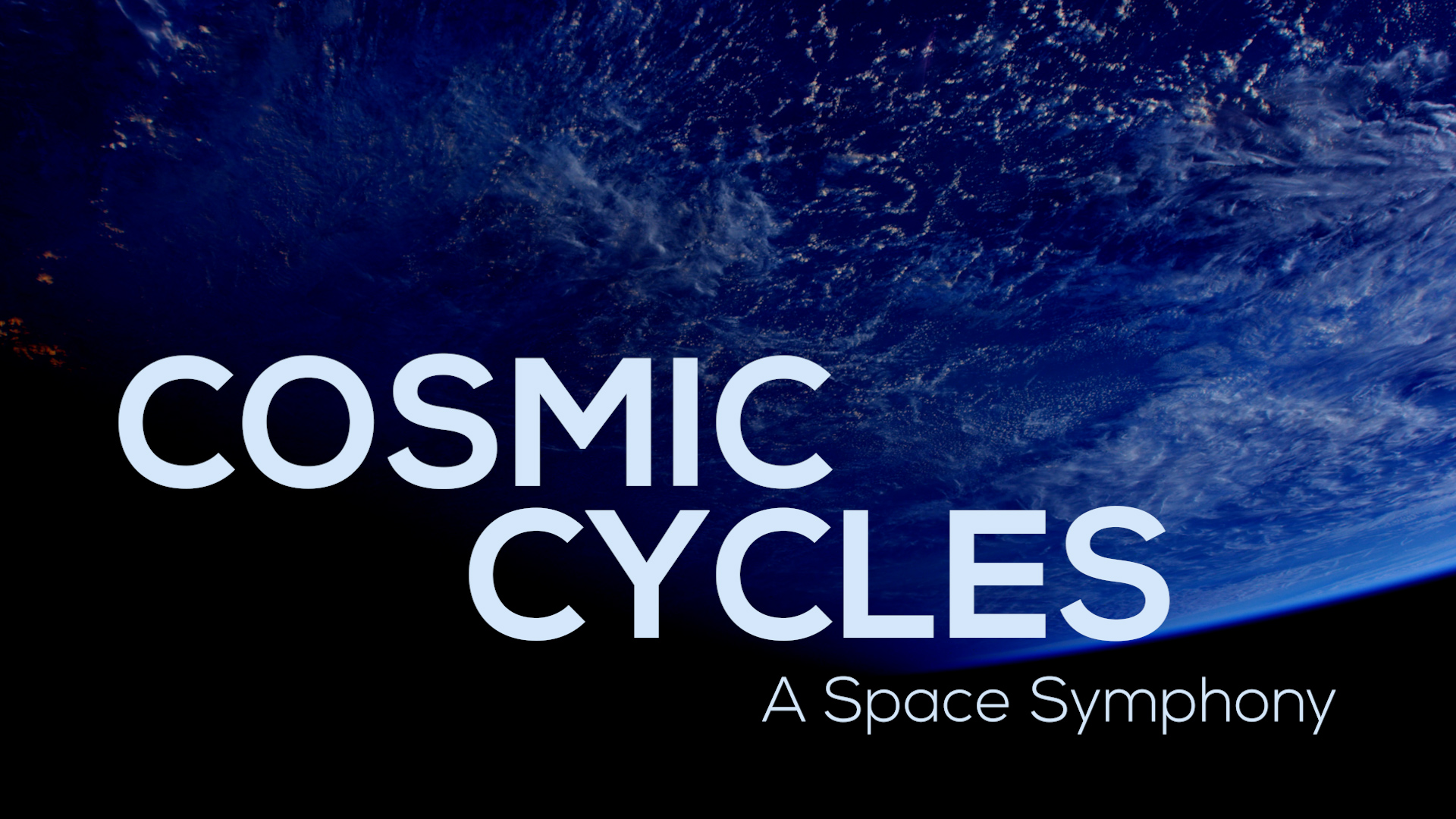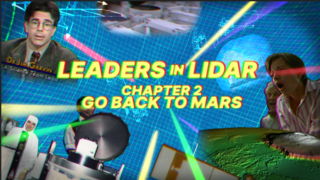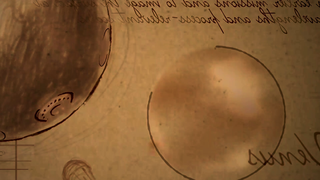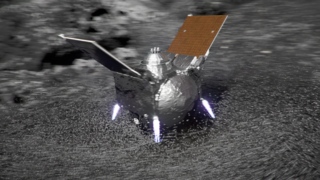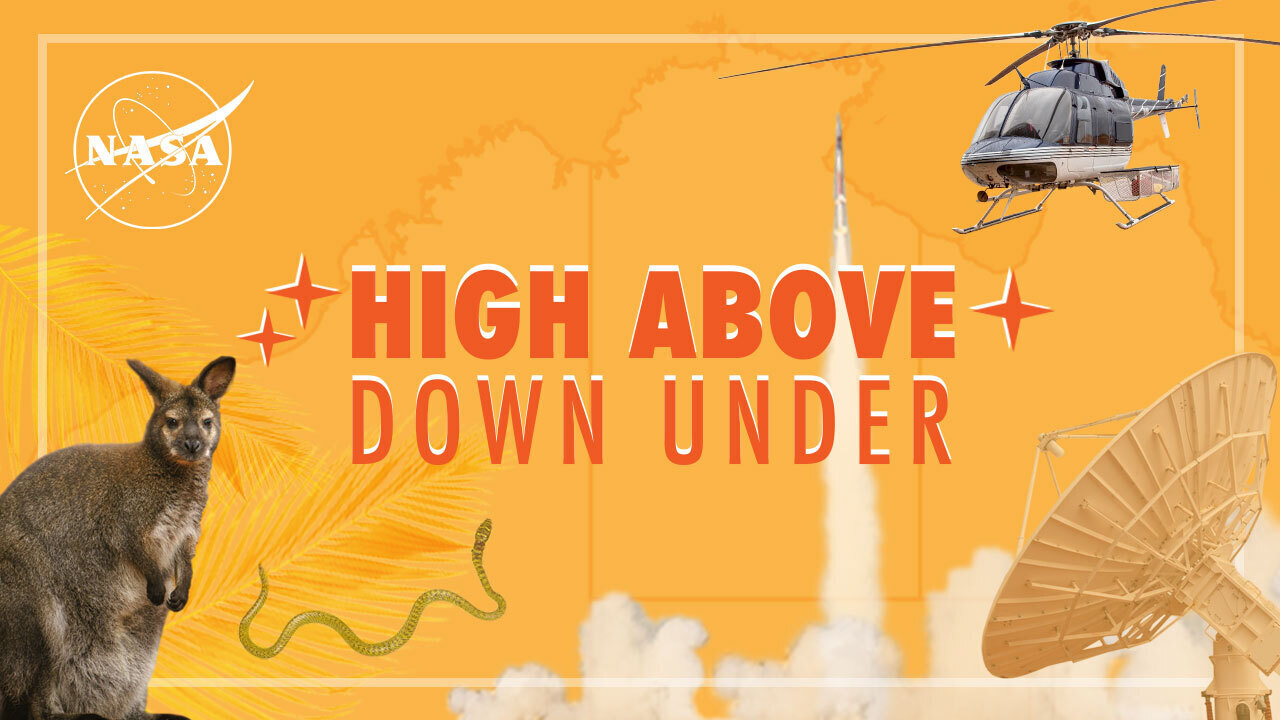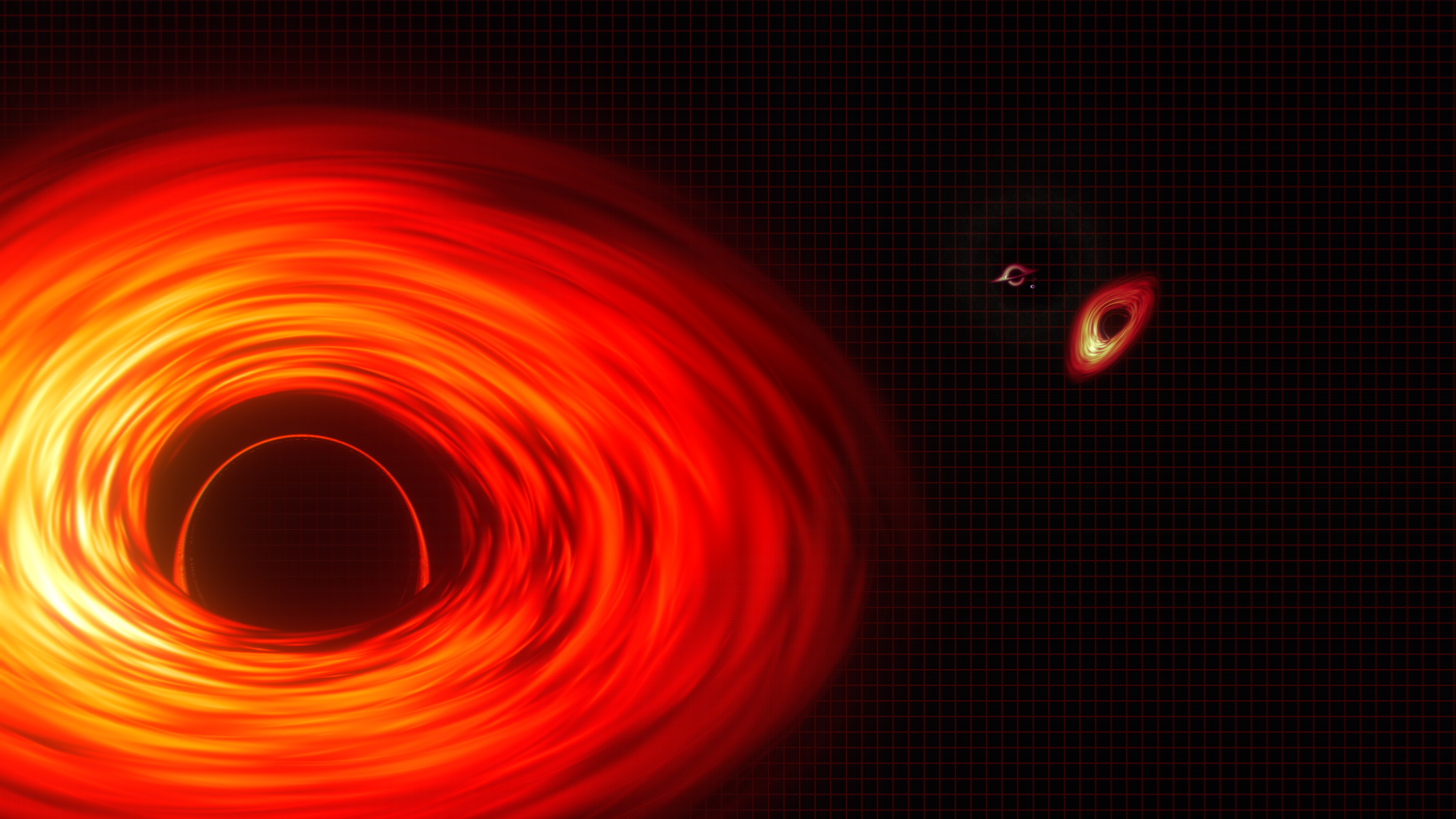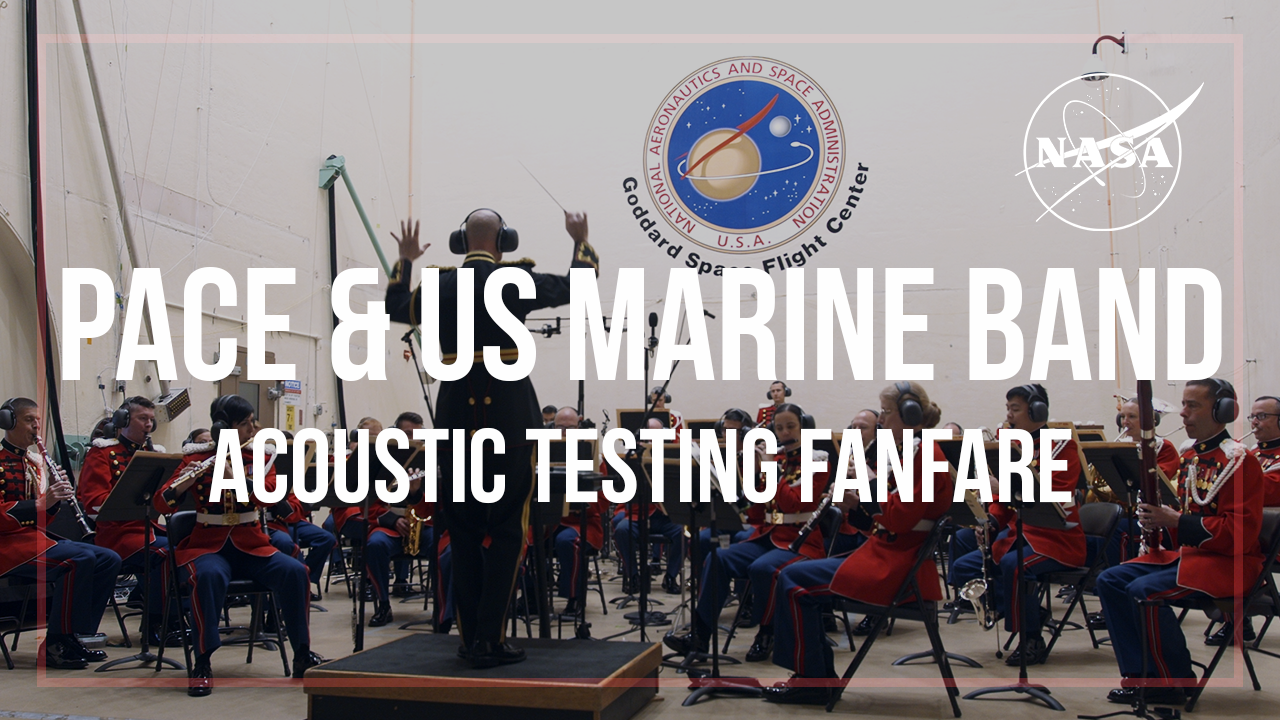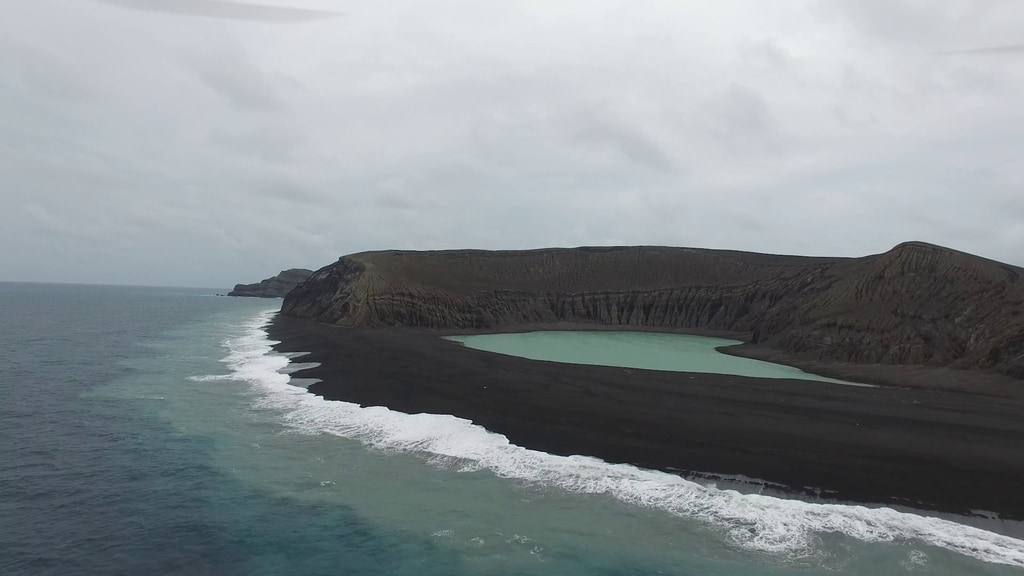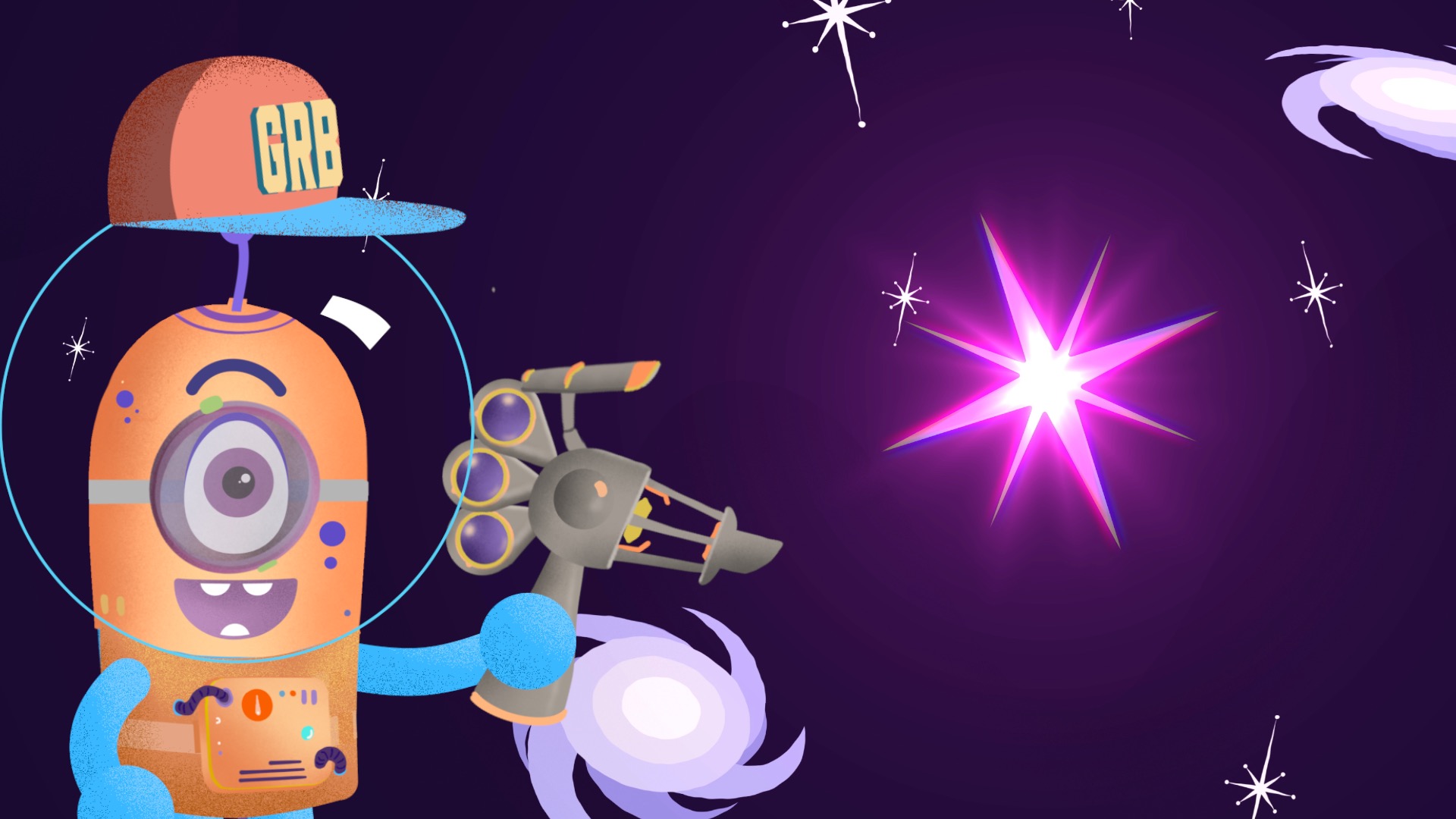2023 Goddard Summer Film Fest
Overview
Hosted by the Goddard Office of Communications, the Goddard Film Festival highlights the center’s achievements over the past year in astrophysics, Earth science, heliophysics, and planetary science.
The 14th iteration of the festival – taking place on Wednesday, July 19, at 3 p.m. EDT – will feature missions and campaigns such as OSIRIS-REx, Landsat Next, PACE, DAVINCI, Artemis, ABoVE, and much more.
Festival Playlist
Full videos in order shown.
- Visualization
- Produced Video
- Produced Video
- Produced Video
- Section
- Produced Video
- Produced Video
- Produced Video
- Produced Video
- Produced Video
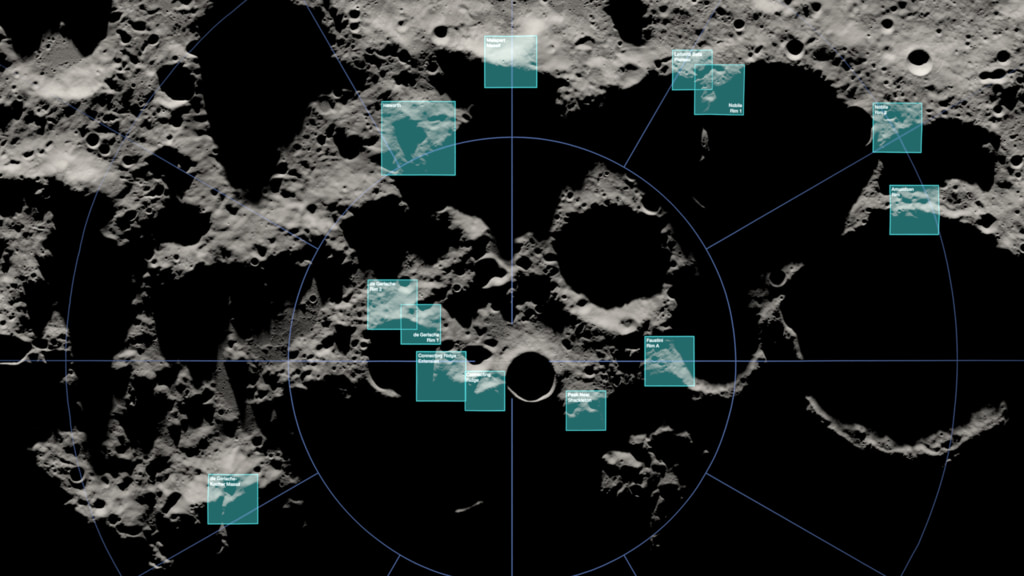
![Universal Production Music: Home To You by William Baxter Noon [PRS], Pluck Up Courage by John Griggs [PRS], Philip Michael Guyler [PRS], Wafer Thin by Adam Leslie Gock [APRA], Dinesh David Wicks [APRA], Mitchell Stewart [APRA], The Magpie's Pie by Quentin Bachelet [SACEM], Romain Sanson [SACEM], Ticking Tension by Quentin Bachelet [SACEM], Romain Sanson [SACEM], Reward Drawer by Ehren Ebbage [BMI] Additional images courtesy of Alaska Satellite Facility - University of Alaska FairbanksThis video can be freely shared and downloaded. While the video in its entirety can be shared without permission, some individual imagery provided by ASF is obtained through permission and may not be excised or remixed in other products. For more information on NASA’s media guidelines, visit https://www.nasa.gov/multimedia/guidelines/index.htmlComplete transcript available.](/vis/a010000/a014200/a014221/ABoVE_Title.jpg)


